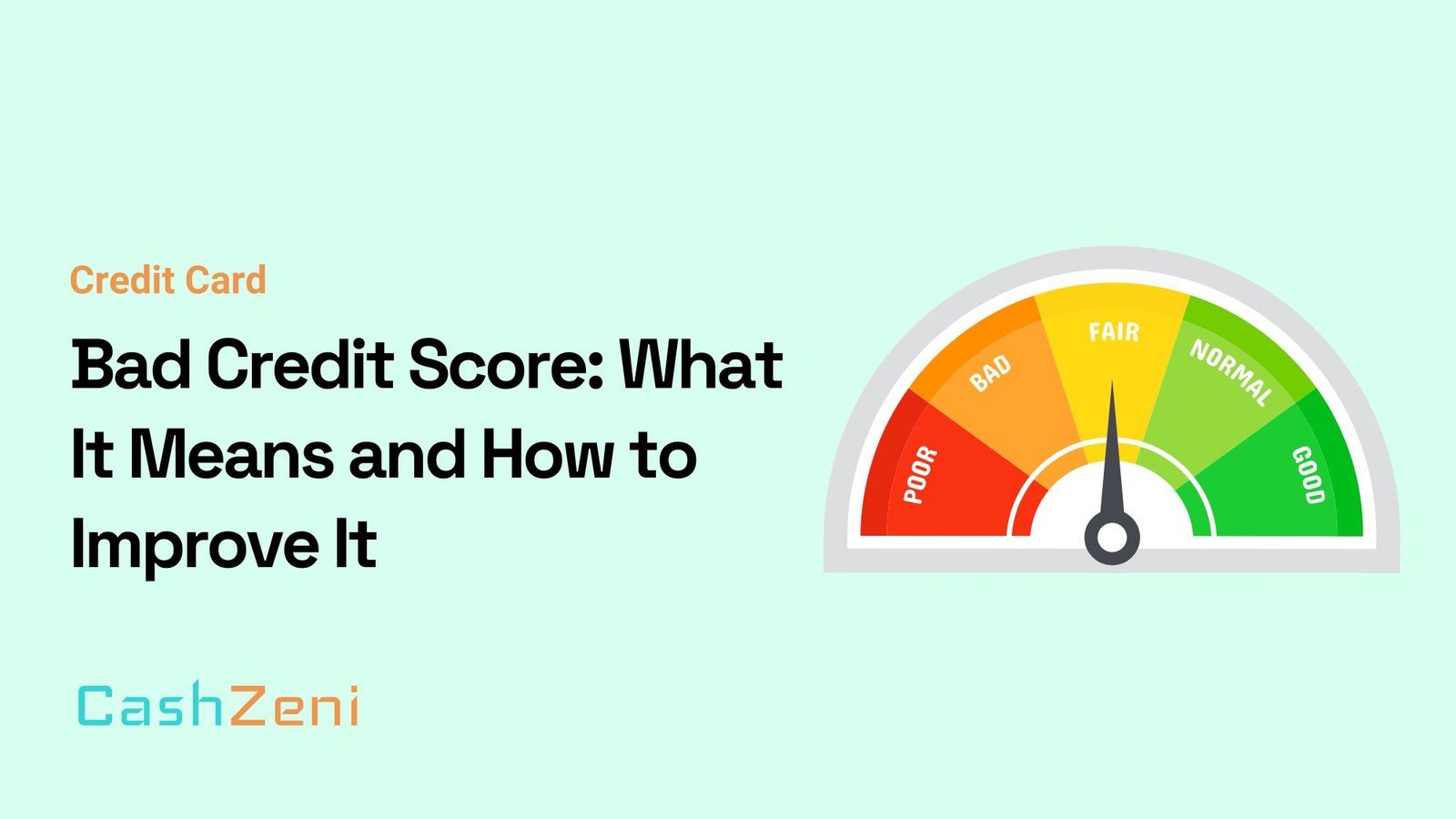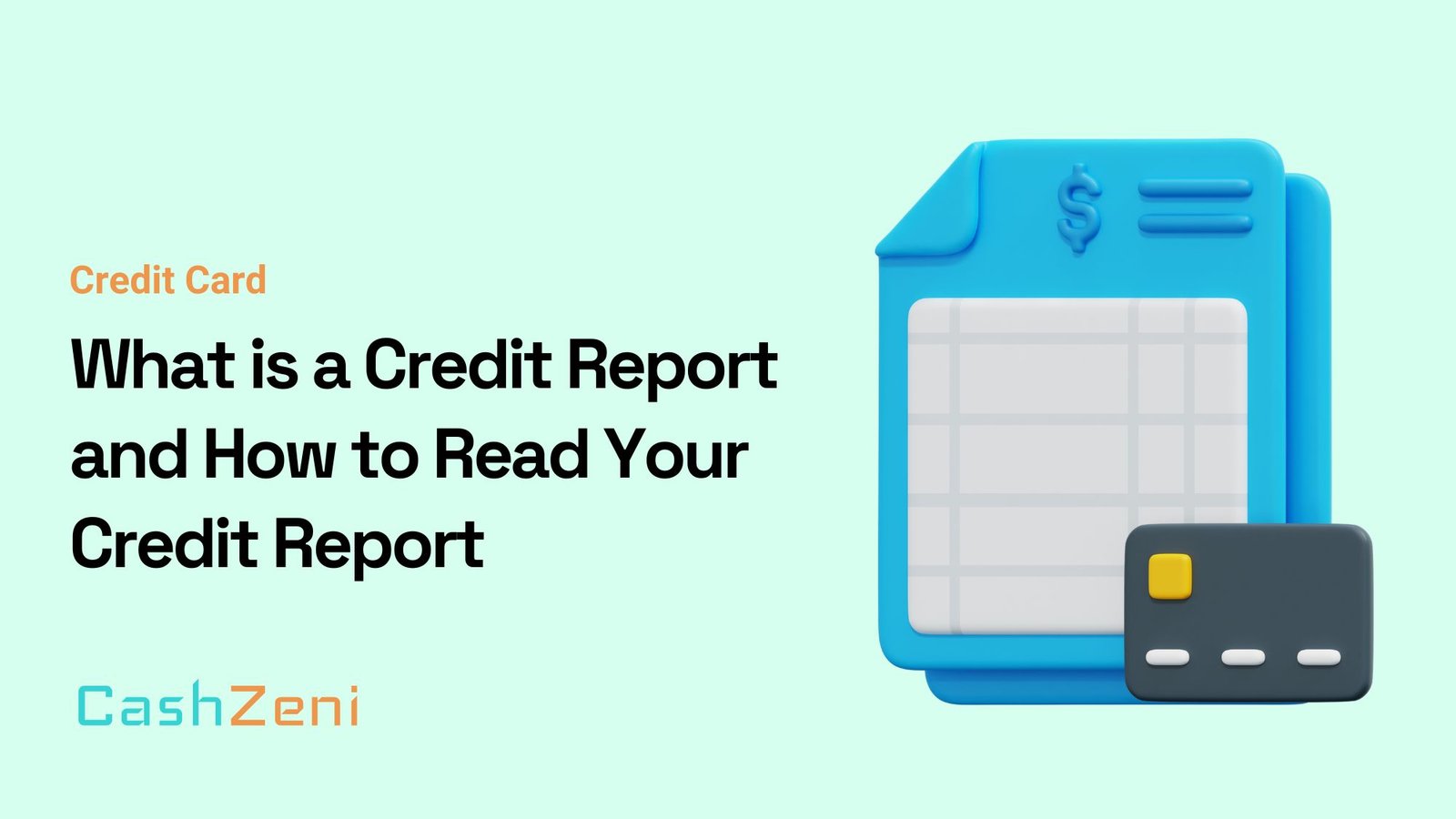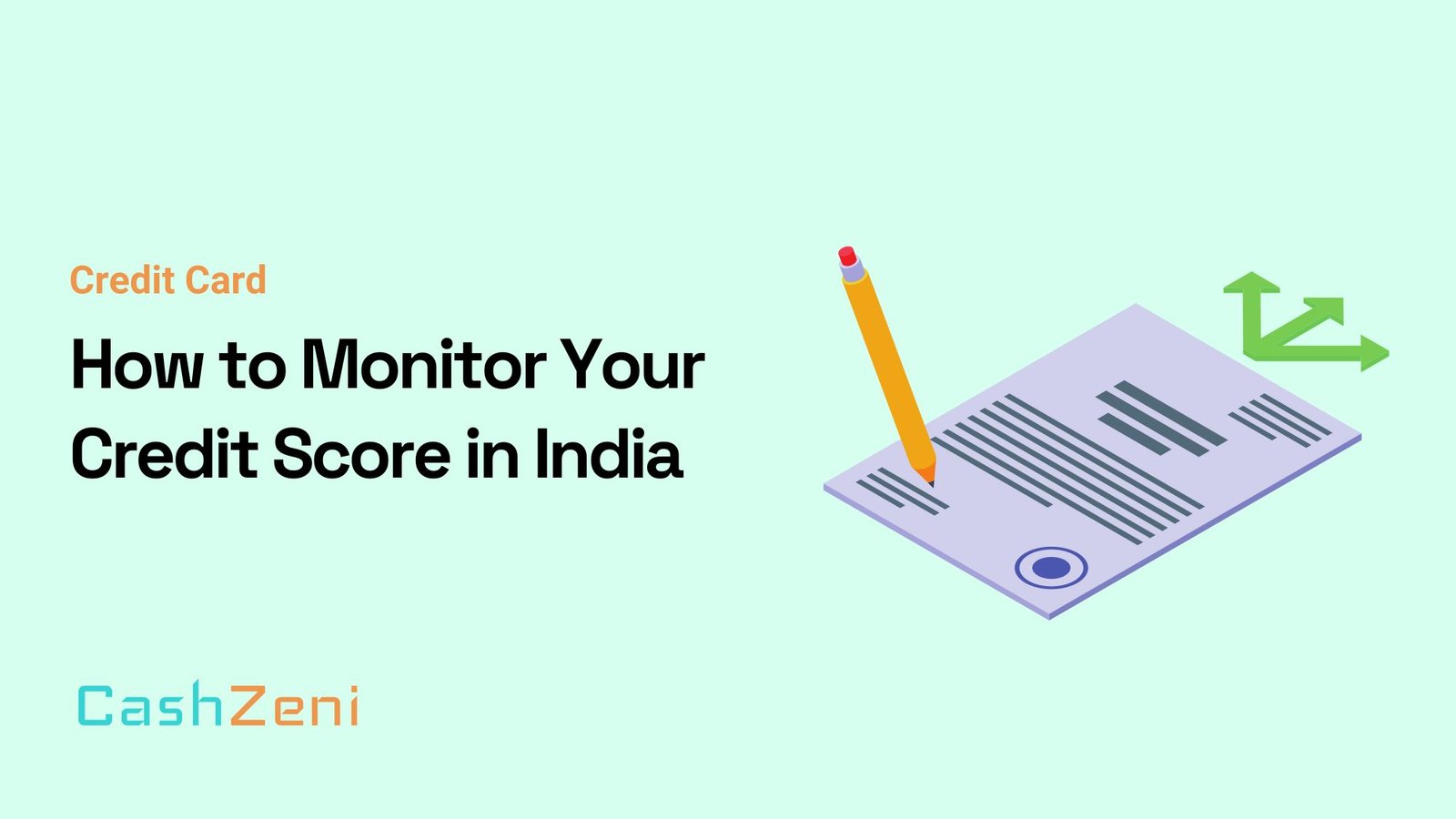In today’s digital era, credit card scams pose a significant threat to individuals and their financial well-being. This comprehensive guide aims to empower readers with the knowledge and strategies to safeguard themselves against credit card scams. By understanding the common types of scams, implementing preventive measures, and staying vigilant, you can protect your personal and financial information from falling into the hands of fraudsters.
Table of Contents
Since a credit card has almost all the information (such as your name, card number, CVV, etc.) required to make a purchase, anybody who has your card can easily spend all your money, without you knowing it. Hence, it is extremely important to be careful of credit card Scam and not to lose it anywhere.
However, if you still lose it, somehow, here is a guide to what steps you should take.
What is Credit Card Scam?
Credit card scam happens when a thief or a fraudster uses your stolen credit card or the details provided on the credit card to make unauthorized purchases in your name. The fraudster may also take out cash advances using your account. Credit card frauds are not rare, and may also happen to you. Credit scams may also happen when thieves/fraudsters use your existing accounts by gaining access to your credit card information and using your details to make purchases without your knowledge or consent. Hence, you must be very careful of your credit card and keep a regular check on the transactions being made.
Here are a few ways in which a credit card scam may happen-
- Fraudsters or thieves may steal your credit cards and use your account numbers, usernames and passwords; thereby stealing your identity
- Criminals may access your personal information in multiple ways such as through phishing scams conducted via phones, emails, or through social media channels, may copy your passwords or pin codes, skim your credit card data via card readers, among others and misuse this information
- Identity theft methods also include a variety of methods wherein fraudsters hijack the existing credit or loan accounts in your name; thereby taking control of your existing accounts by changing your email addresses and passwords
ALso Read – UPI Account Security: 5 Crucial Steps to Safeguard Against Fraud
Recognizing Common Credit Card Scams
- Phishing Scams: Learn about the deceptive techniques used by scammers to obtain sensitive information through fraudulent emails, text messages, or phone calls.
- Skimming and Card Cloning: Understand the process of skimming, where criminals capture credit card data through devices placed on ATMs or payment terminals, and how they clone cards for unauthorized transactions.
- Identity Theft: Explore how identity thieves can exploit stolen personal information to fraudulently open credit card accounts in your name or make unauthorized charges on your existing cards.
- Card Not Present Fraud: Discover how fraudsters use stolen card information to make online or over-the-phone purchases without physically possessing the card.
What to do When you Lose a Credit Card?
Credit cards are pretty handy financial tools that can be easily carried anywhere. While this works as an added benefit, it may also work otherwise. The smaller it is as a financial tool, the higher the chances are, of you misplacing it. And if anyhow, you happen to lose your credit card, you may end up losing a huge chunk of your money. Hence, you must be careful with your credit card, as and when you get one.
However, if you still, somehow, lose your credit card, the first thing that you must do is to get it blocked immediately. Post this, you can go ahead and apply for a new one. Here are a few steps that must be taken if you lose your credit card-
- As soon as you find your credit card missing, you must inform the issuer at the earliest. Your bank/credit card issuer will definitely have a 24*7 customer support facility to assist you in such situations. You can find the customer care contact details on your bank’s website or the official documents that you had received for your credit card
- Along with speaking to a customer care executive telephonically, you must also drop in an email to your bank to have written proof of your concern. Don’t forget to include the details like the time and place when you lost your credit card, or how you lost it
- Another important thing to do is to keep a track of your credit card’s billing statement. You must be sure that the thief/fraudster who found your credit card does not use it to make any purchases. If your card has an EMV chip, then he/she would not be able to make any transactions. However, if it does not have the microchip, then you must keep a check on your statement, and inform the issuer in case any amount gets deducted from your credit limit
Now, when you receive your new credit card, make sure to have all your card details written somewhere safely with yourself, so that even if you lose this one again, you will have all the details with yourself in handy.
How to Prevent Credit Card Scam?
As much as you would want it, there is no checklist to avoid credit card scam. You can only stay away from such unsuitable events to happen by staying vigilant towards the security of your credit card. Alongside, you may also do these-
- Never share your sensitive card details like the CVV, card number, or PIN with anybody
- Ensure that your card is always swiped only in front of you
- Keep a check on your credit card’s report at regular intervals
- Get your credit card updated from a traditional one to one with the EMV microchip
- Immediately consider reporting credit card fraud transaction that you are suspicious of
- Inform your bank/credit card issuer as soon as you lose your credit card
- Have all your credit card’s information written somewhere safely with yourself
Credit Card Fraud Detection
The guidelines laid down by the Reserve Bank of India state that the credit card holder will have absolutely zero liability in case of any fraudulent transactions or if there is any negligence on the part of the bank. However, in case there is any breach by the third party, it is the responsibility of the customer to inform the bank about the unauthorized transaction within 3 working days in order to avoid any liabilities in the future. If somehow, the customer fails to inform the bank about the same anytime before 7 working days, he/she would be held liable for the breach.
To prevent such breaches in the future, card issuers have now started to provide an additional layer of security on credit card transactions with the addition of a PIN. If your credit card has a microprocessor chip, you will have to input a PIN number in order to approve the transaction. This ensures that your card is being used by no one else but you (or only the person who knows your PIN). So, even if your card gets stolen, it would not be used for any fraudulent purposes as the fraudster/thief would not be aware of the PIN that must be entered to approve the transaction.
Owing to this safety measure, all the traditional credit cards are now being replaced with EMV chip cards. An EMV (Europay Mastercard and Visa) card is safer as compared to a traditional card. A normal card would have all the user data saved on it, whereas an EMV card would generate fresh user data every time it is being used to make a purchase. This ensures increased safety by preventing the fraudsters/thieves from copying the user data and creating a new card with the same details.
Final Words
Protecting yourself from credit card scams requires awareness, vigilance, and proactive measures. By recognizing common scams, implementing preventive measures, and staying informed about emerging trends, you can safeguard your financial well-being. Stay vigilant, follow secure practices, and promptly report any suspicious activity to ensure a secure and fraud-free credit card experience.
Frequently Asked Questions (FAQs)
How to block a credit card?
As soon as you find that your credit card is misplaced somewhere, get it blocked in order to avoid any financial damage to your card. You can do so by contacting your bank/credit card issuer either by-Physically visiting the branch
Online, using the bank’s mobile application or official website
Through customer care service
How can I recognize a skimming device on an ATM or payment terminal?
Skimming devices on ATMs or payment terminals are designed to be discreet and blend in with the machine’s appearance. However, there are some signs that can help you identify them, such as loose or mismatched parts, unusual attachments on the card slot, or suspiciously placed cameras. If something looks out of place or suspicious, it’s best to use a different machine and report your suspicions to the respective authorities or the business operating the terminal.
Are chip-enabled credit cards more secure than traditional magnetic stripe cards?
Yes, chip-enabled credit cards, also known as EMV cards, are generally considered more secure than traditional magnetic stripe cards. The embedded microchip in EMV cards generates unique transaction codes for each payment, making it more difficult for scammers to clone the card or obtain sensitive information. However, it is important to remain vigilant and follow best practices regardless of the card type you use.
What is the role of credit card issuers in protecting cardholders from scams?
Credit card issuers play a crucial role in protecting cardholders from scams. They employ advanced fraud detection systems to monitor transactions for any suspicious activity and may reach out to you for verification in case of potential fraud. Additionally, card issuers often provide zero-liability policies, which means you won’t be held responsible for unauthorized charges on your account, as long as you report them promptly.



